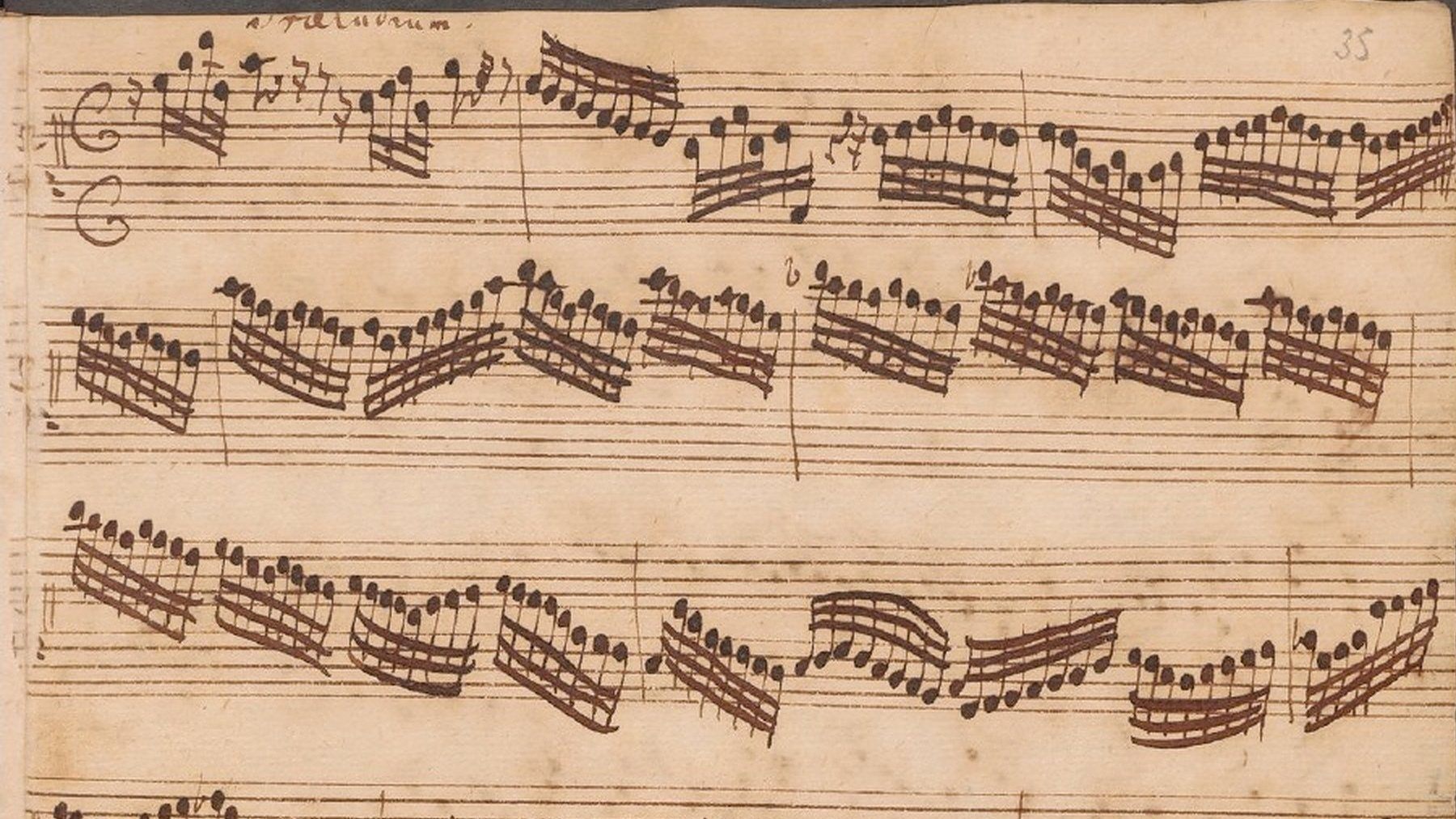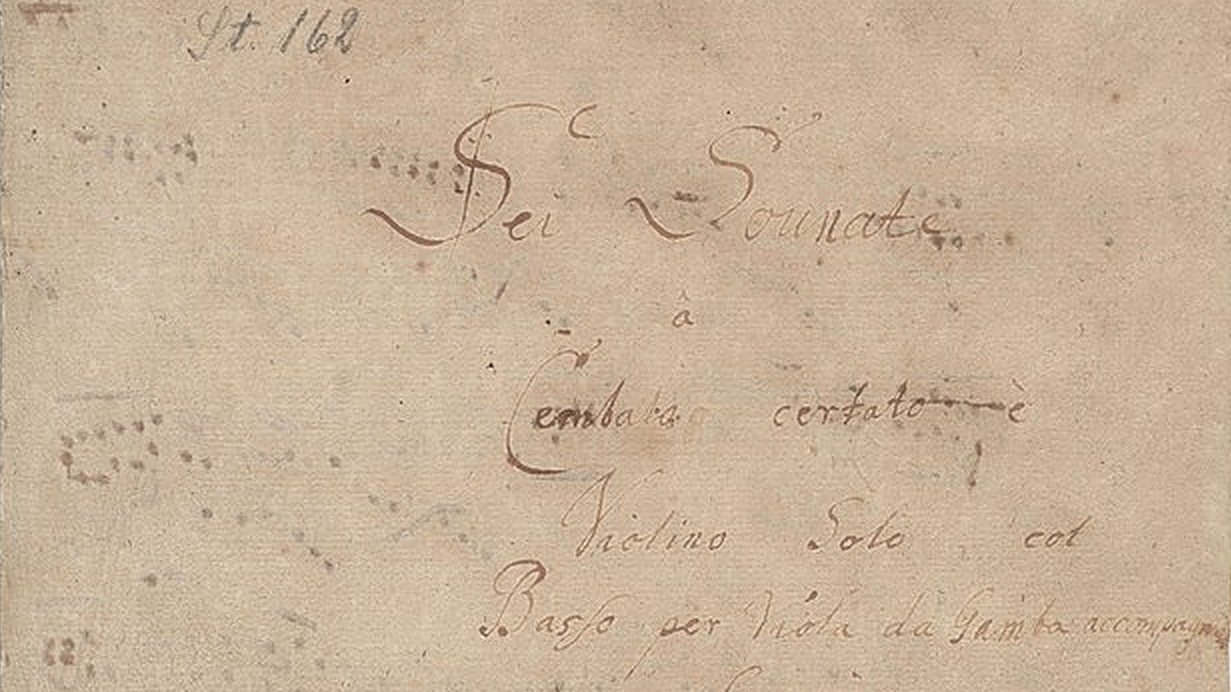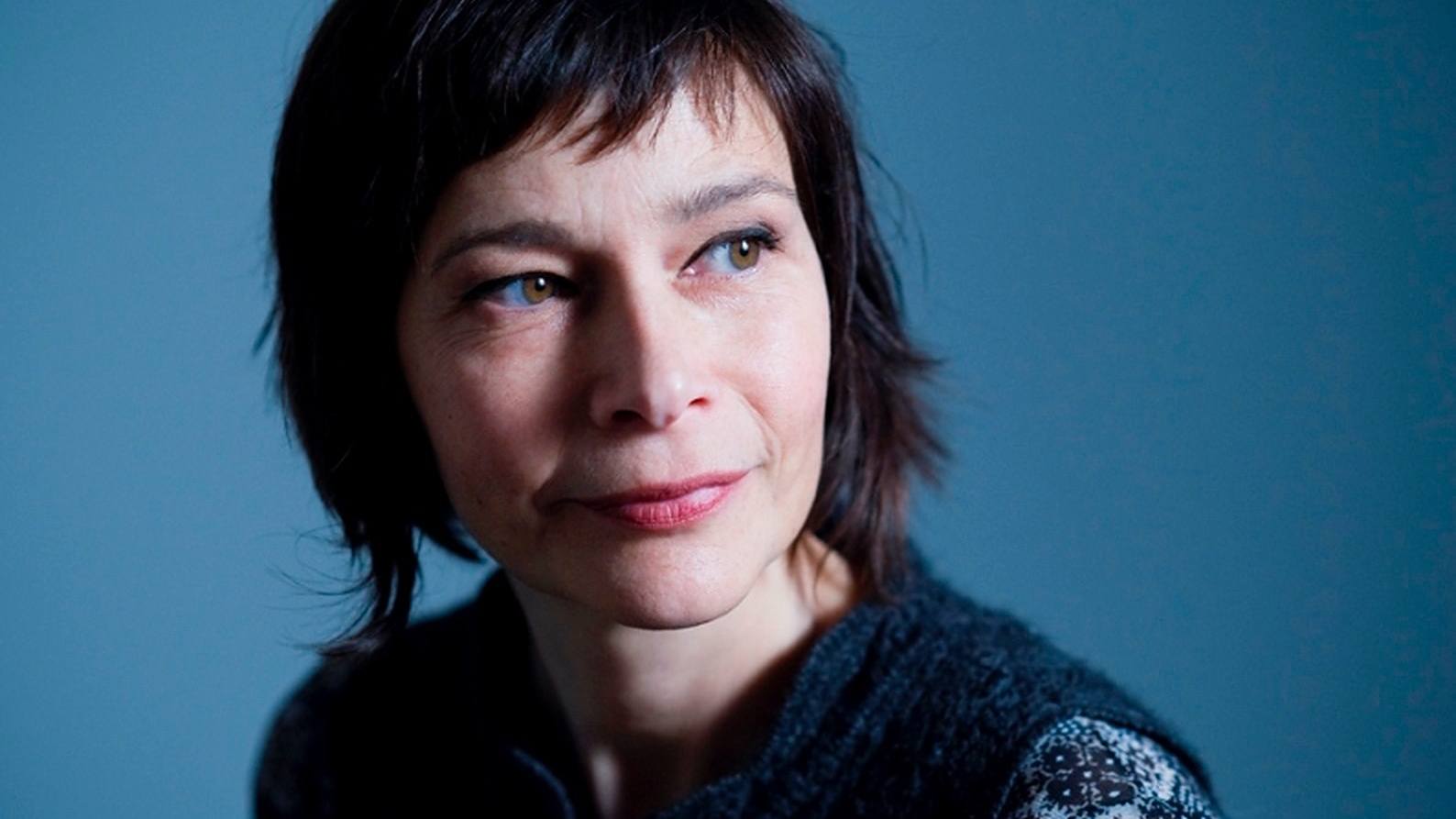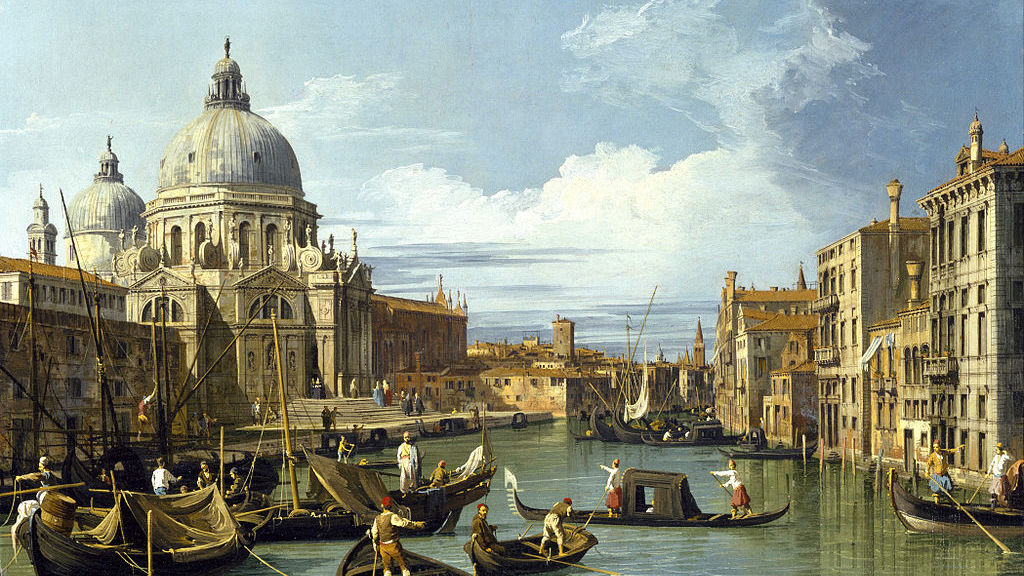Handel’s Trio Sonata in B Minor, HWV 386: Richard Egarr and the Academy of Ancient Music
Handel’s six Trio Sonatas, Op. 2 (HWV 386-391) were written between 1717 and 1719 and circulated in a bootleg edition until their official publication in 1733. Following the “slow-fast-slow-fast” model of the Italian Sonata da chiesa (“church sonata”), these Sonatas represent the culmination of a form popularized by Arcangelo Corelli in the 1680s. Handel’s Trio Sonatas were scored for “two violins, two oboes, or two flutes and basso continuo.” In the Baroque period, composers …







